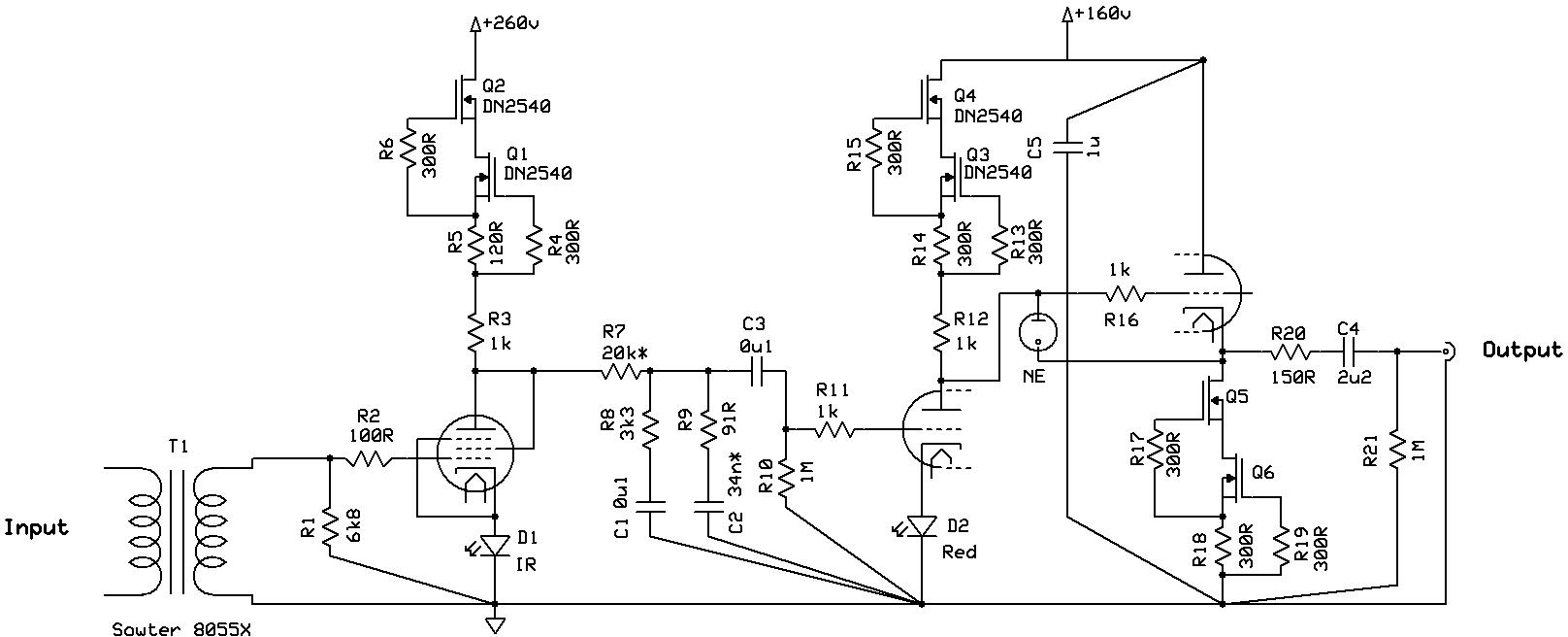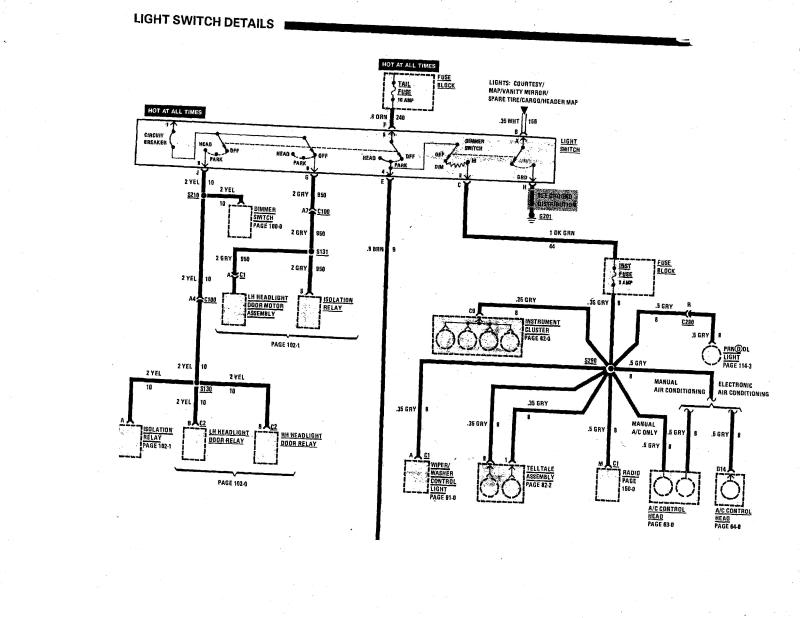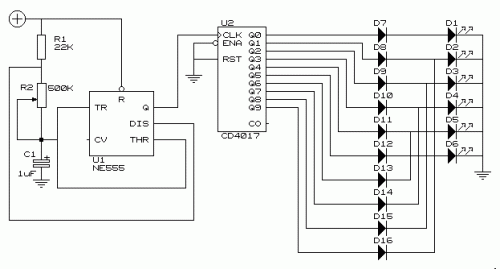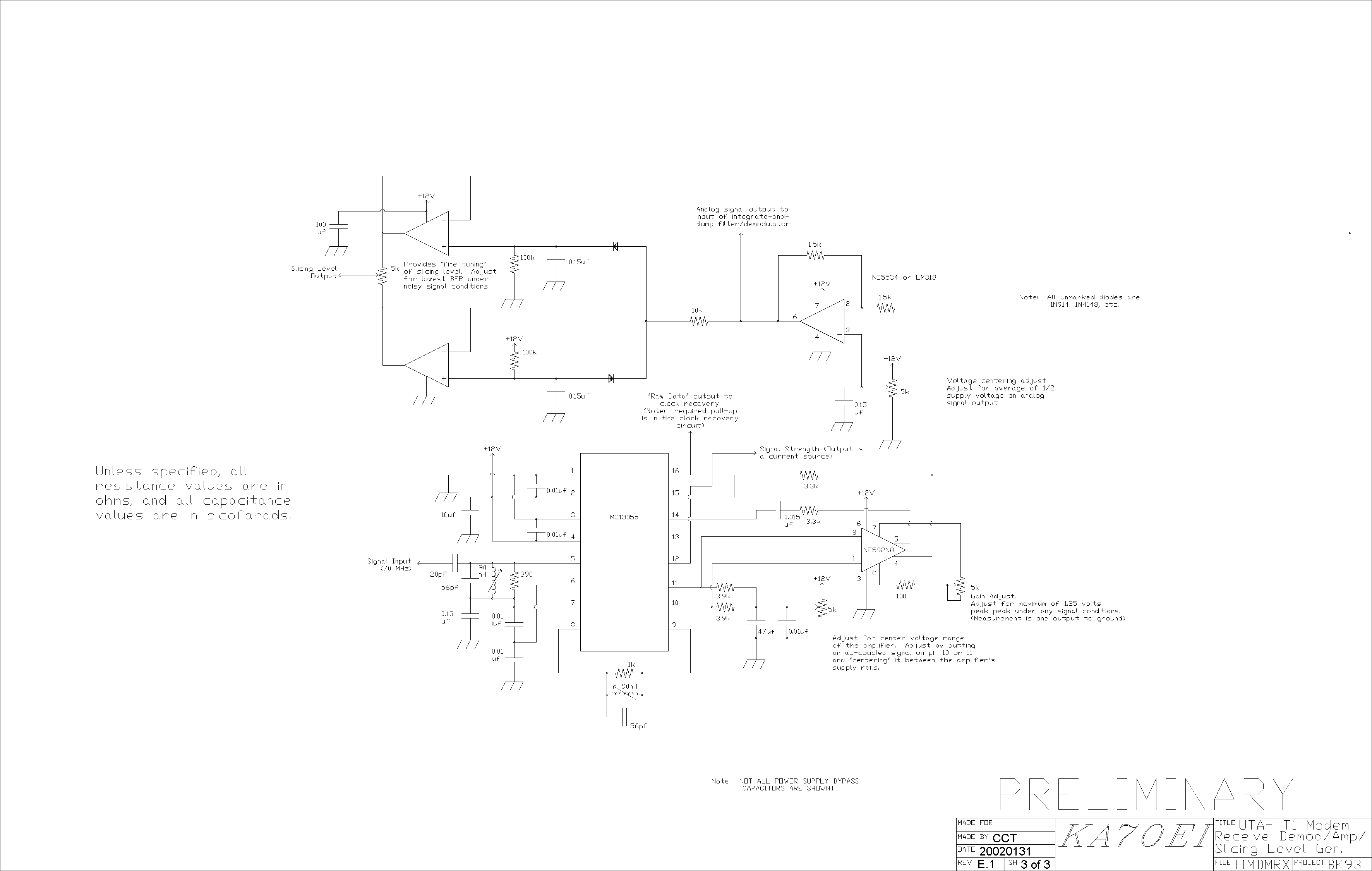
AD9284 default mode problem

The AD9284 is utilized in conjunction with the ADL5380 demodulator. The default mode of the AD9284 was tested, and while the in-phase (I) and quadrature (Q) outputs of the demodulator functioned correctly, the digital outputs of the AD9284 did not yield the expected results. This indicates a potential malfunction of the AD9284. Additionally, there is no reference voltage interface between the demodulator and the ADC. The output of the demodulator connects to the ADC through a capacitor, which is believed to be acceptable, though concerns about possible issues remain. The common mode voltage (CMV) on the output of the ADL5380 should not present problems if DC blocking capacitors are employed. It is necessary to confirm whether the common mode voltage connection for the AD9284 is established, as it should be configured according to the schematic provided. The interface circuit lacks the CMV voltage, as it is connected to ground via a decoupling capacitor. The absence of the 0.9V common mode voltage at the Vin+ and Vin- inputs of the ADC could be problematic for proper operation. A voltage divider topology can be employed between the ADL5380 and the ADC, but performance trade-offs must be considered as outlined in the ADL5380 datasheet. To minimize insertion loss and facilitate the transition to the 0.9V for the ADC, using the lower common mode output voltage of the ADL5380 is advisable, although trade-offs exist. An alternative circuit topology is suggested, which involves replacing the first series capacitors with series resistors and splitting the last differential resistor into two single-ended resistors, creating a 200-ohm differential load impedance and reducing a 1.6V common mode down to 0.9V for the ADC.
The circuit configuration involves the integration of the AD9284 analog-to-digital converter (ADC) with the ADL5380 demodulator. The AD9284 is designed for high-speed applications and requires proper interfacing to ensure optimal performance. The demodulator outputs I and Q signals, which are essential for phase detection in communication systems. When interfacing the demodulator with the ADC, it is critical to manage the common mode voltage levels to prevent distortion and ensure accurate digital representation of the analog signals.
The lack of a reference voltage interface can lead to improper ADC operation, as the ADC requires a defined common mode voltage at its inputs for correct sampling. The suggested approach is to implement a voltage divider that can scale the common mode voltage from the demodulator down to the required 0.9V level for the ADC inputs. This can be achieved by using resistors to create a voltage divider network, ensuring that the impedance seen by the ADC is appropriate for its specifications.
In practical terms, the output from the ADL5380 should be AC-coupled to the ADC input via a capacitor to block any DC component while allowing AC signals to pass. The inclusion of series resistors can help match the impedance and reduce reflections, which is particularly important in high-frequency applications.
The design must also consider the insertion loss introduced by the components used in the signal path. Careful selection of component values and types, as well as layout considerations, will play a crucial role in maintaining signal integrity. The final schematic should reflect these considerations, ensuring that both the I and Q outputs are correctly interfaced with the ADC while maintaining the necessary common mode voltage levels for reliable operation.Using AD9284 with the interface of adl5380 demodulator. I tried to work in default mode of AD9284. I have checked I and Q outputs of demodulator and everything was fine there. When i checked digital outputs of AD9284, I could not see the desired output. So, AD9284 seem to be not working properly. Second, there is not an Reference voltage interface in between demodulator and ADC. Actually output of the demodulator is connected to the ADC through a capacitor and I think that this type of a usage should be OK. Still, I am not sure that this may cause some serious problems. it sounds like you shouldn`t have an issue with the common mode voltage on the output of the ADL5380 if you have DC blocking caps.
Do you have the common mode voltage (CMV) connection for the AD9284 It should be connected similar to the below schematic. Perhaps you could send me an IM with your schematic so I could take a look and review it. Thank you for your support. I think i may have interface problem between demodulator and adc. Interface is at attachment. I did not use Vcm voltage in my interface circuit. I just connected it to ground by a decoupling capacitor. If you are just using the topology you have shown in your last reply, it does not appear that you have provided the common mode voltage to the ADC inputs.
In order to operate correctly, the 0. 9V common mode voltage needs to be applied to the Vin+ and Vin- inputs. You have the option of using a voltage divider topology in the circuit between the ADL5380 and the ADC, but you have tradeoffs to consider on the performance (see page 22 of the ADL5380 datasheet). In order to keep insertion loss down and have an easier translation to the 0. 9V for the ADC, the lower common mode output voltage of the ADL5380 would work best, but this has the tradeoffs listed on page 22 of the ADL5380 datasheet.
Ideally, you would have the network I`ve shown in my other reply, but you could make it work with something like the topology below (if you replace the first series caps in your circuit with series resistors and then split the last differential resistor into two single ended resistors). The circuit below creates a 200 ohm differential load impedance and voltage divides a 1. 6V common mode down to 0. 9V for the ADC. 🔗 External reference
The circuit configuration involves the integration of the AD9284 analog-to-digital converter (ADC) with the ADL5380 demodulator. The AD9284 is designed for high-speed applications and requires proper interfacing to ensure optimal performance. The demodulator outputs I and Q signals, which are essential for phase detection in communication systems. When interfacing the demodulator with the ADC, it is critical to manage the common mode voltage levels to prevent distortion and ensure accurate digital representation of the analog signals.
The lack of a reference voltage interface can lead to improper ADC operation, as the ADC requires a defined common mode voltage at its inputs for correct sampling. The suggested approach is to implement a voltage divider that can scale the common mode voltage from the demodulator down to the required 0.9V level for the ADC inputs. This can be achieved by using resistors to create a voltage divider network, ensuring that the impedance seen by the ADC is appropriate for its specifications.
In practical terms, the output from the ADL5380 should be AC-coupled to the ADC input via a capacitor to block any DC component while allowing AC signals to pass. The inclusion of series resistors can help match the impedance and reduce reflections, which is particularly important in high-frequency applications.
The design must also consider the insertion loss introduced by the components used in the signal path. Careful selection of component values and types, as well as layout considerations, will play a crucial role in maintaining signal integrity. The final schematic should reflect these considerations, ensuring that both the I and Q outputs are correctly interfaced with the ADC while maintaining the necessary common mode voltage levels for reliable operation.Using AD9284 with the interface of adl5380 demodulator. I tried to work in default mode of AD9284. I have checked I and Q outputs of demodulator and everything was fine there. When i checked digital outputs of AD9284, I could not see the desired output. So, AD9284 seem to be not working properly. Second, there is not an Reference voltage interface in between demodulator and ADC. Actually output of the demodulator is connected to the ADC through a capacitor and I think that this type of a usage should be OK. Still, I am not sure that this may cause some serious problems. it sounds like you shouldn`t have an issue with the common mode voltage on the output of the ADL5380 if you have DC blocking caps.
Do you have the common mode voltage (CMV) connection for the AD9284 It should be connected similar to the below schematic. Perhaps you could send me an IM with your schematic so I could take a look and review it. Thank you for your support. I think i may have interface problem between demodulator and adc. Interface is at attachment. I did not use Vcm voltage in my interface circuit. I just connected it to ground by a decoupling capacitor. If you are just using the topology you have shown in your last reply, it does not appear that you have provided the common mode voltage to the ADC inputs.
In order to operate correctly, the 0. 9V common mode voltage needs to be applied to the Vin+ and Vin- inputs. You have the option of using a voltage divider topology in the circuit between the ADL5380 and the ADC, but you have tradeoffs to consider on the performance (see page 22 of the ADL5380 datasheet). In order to keep insertion loss down and have an easier translation to the 0. 9V for the ADC, the lower common mode output voltage of the ADL5380 would work best, but this has the tradeoffs listed on page 22 of the ADL5380 datasheet.
Ideally, you would have the network I`ve shown in my other reply, but you could make it work with something like the topology below (if you replace the first series caps in your circuit with series resistors and then split the last differential resistor into two single ended resistors). The circuit below creates a 200 ohm differential load impedance and voltage divides a 1. 6V common mode down to 0. 9V for the ADC. 🔗 External reference





